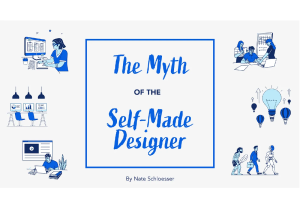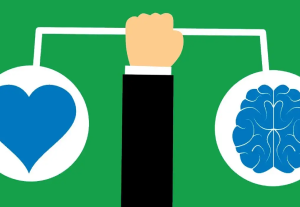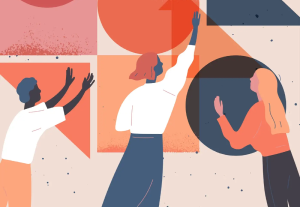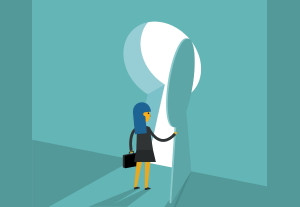- Design, Personal and Professional Development, Psychology and Human Behavior
Debunking the dangerous lie around growth and maturity.
Article by Nate Schloesser
The Myth of The Self-Made Designer
- In the article, the author dispels a common myth about a self-made or self-taught designer providing arguments based on his own experience.
- According to the author, there are five key aspects to becoming a designer, all of them come from sources outside of self:
- Education
- Experiences
- Opportunities
- People
- Time
- The pursuit of being “self-made” can be dangerous for designers as it can involve ignorance, arrogance, and isolation.
- Designers need each other as they learn from each other. External help, advice, expertise, and feedback from fellow colleagues can be a determinant of professional success.
Share:The Myth of The Self-Made Designer
Share this link
- February 21, 2023
10 min read







